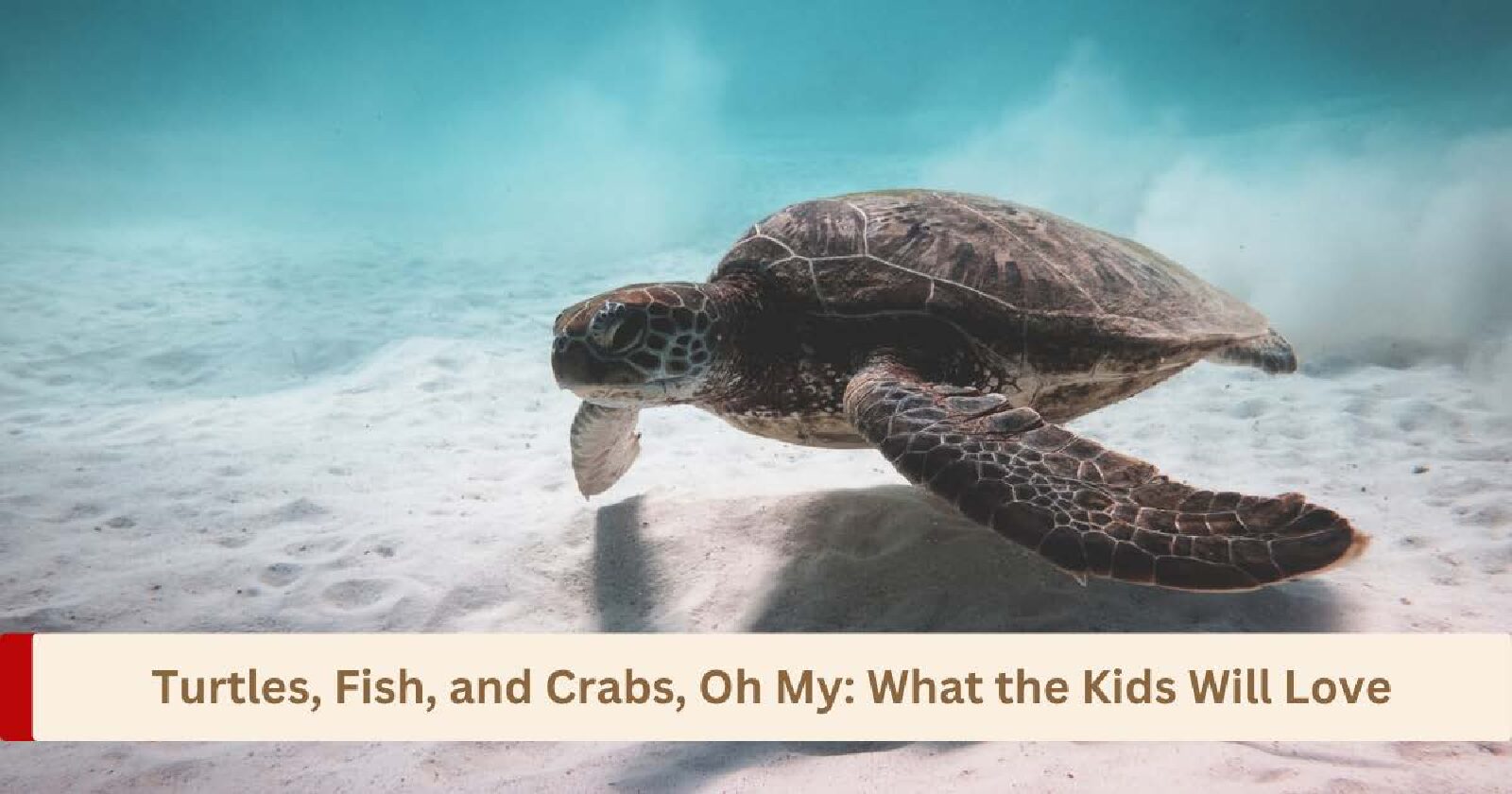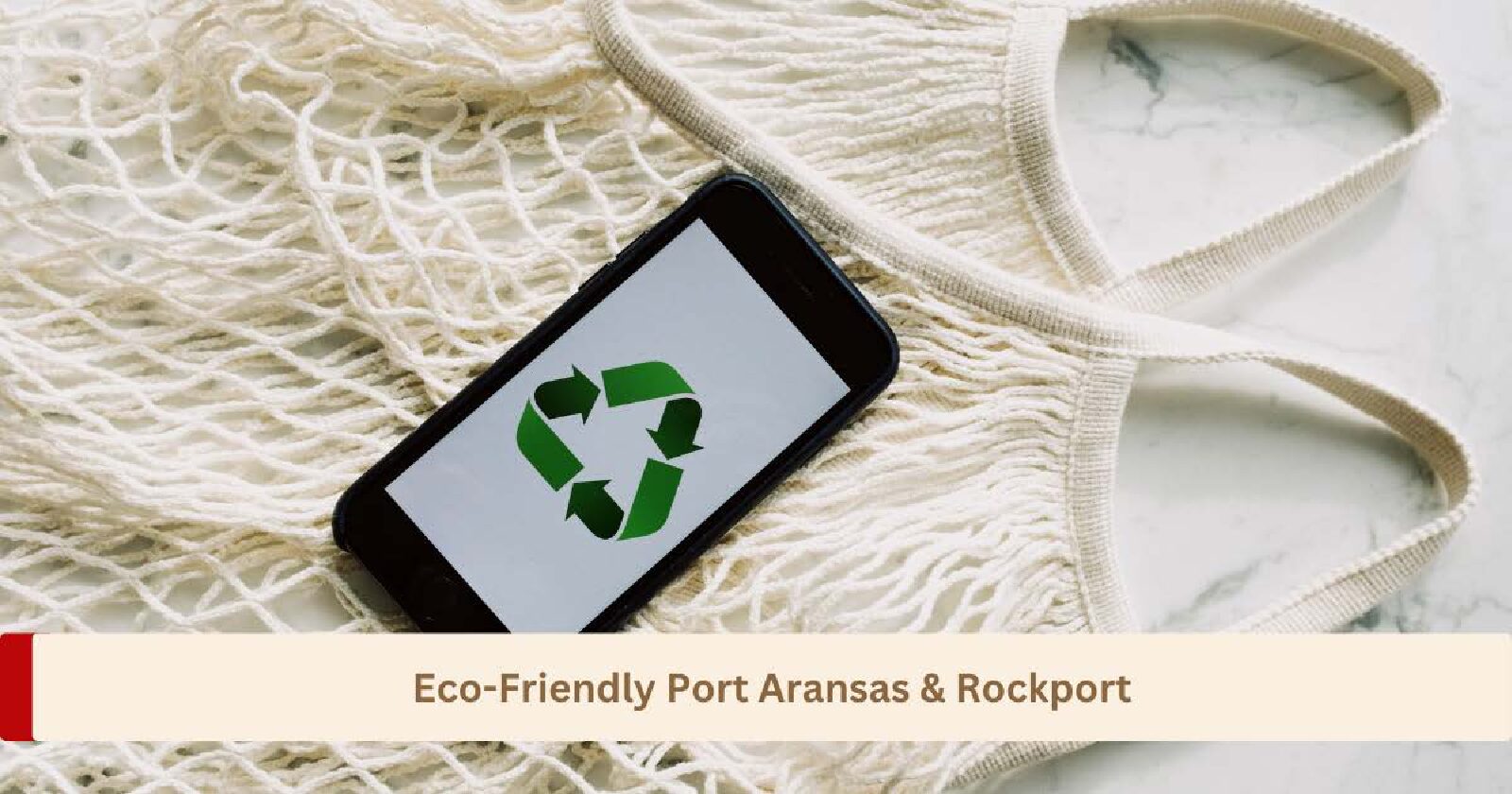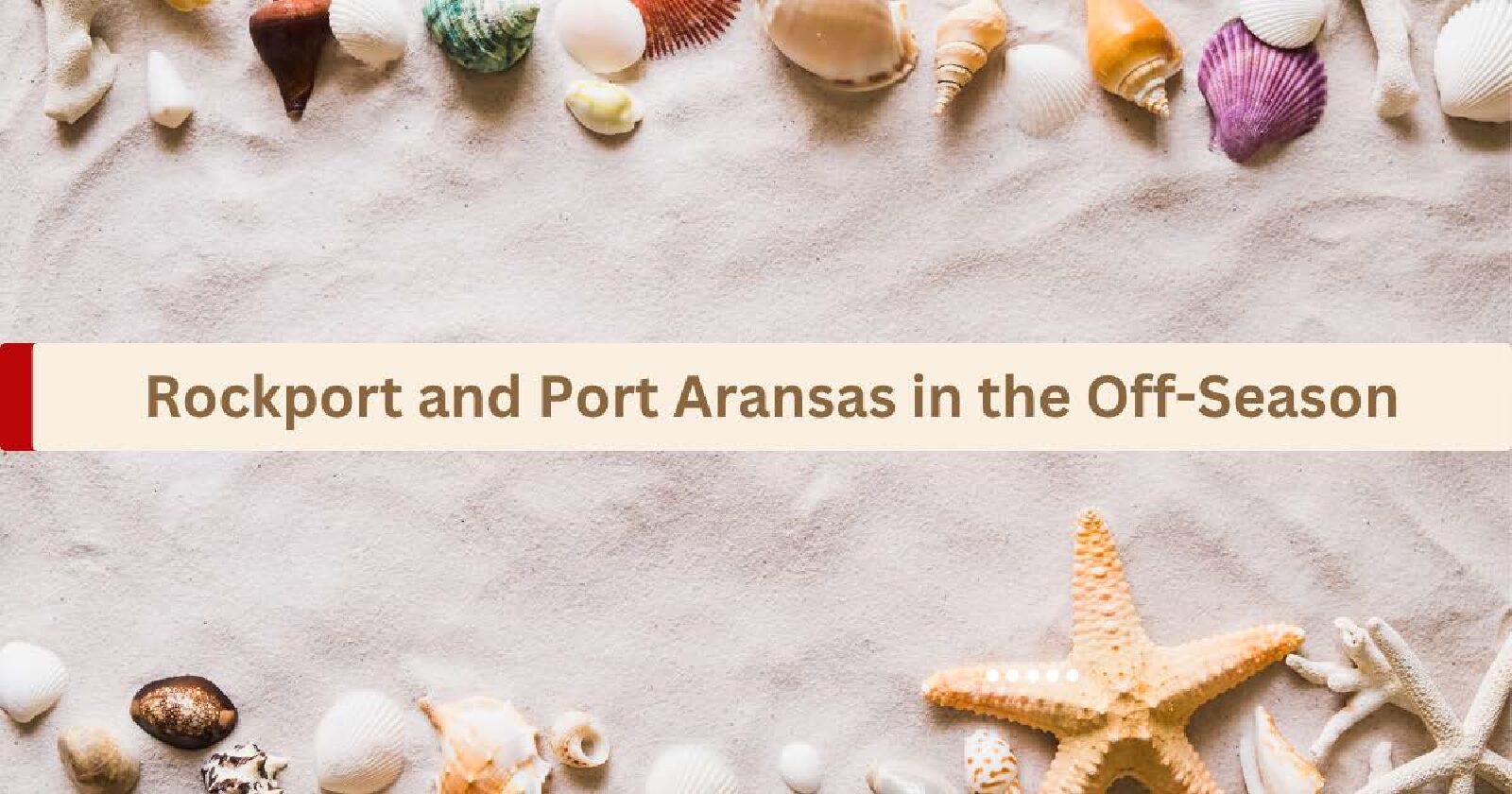You know that feeling when your brain is a browser with 47 tabs open, your body’s running on cold coffee and cortisol, and even your dreams have deadlines? That’s burnout knocking—and it’s not subtle.
But what if I told you the antidote isn’t a productivity hack or a pricey spa day? It’s saltwater, sunshine, and the permission to do absolutely nothing. Let’s unpack why the ocean is the ultimate burnout cure (and why your brain craves it like a plant craves rain).
1. The Ocean vs. Overload: Why Nature’s Rhythm Wins
Imagine standing at the shoreline, toes sinking into the warm sand, the rhythmic sound of waves crashing, and the salty breeze brushing against your skin. It’s not just a picturesque scene; it’s a therapeutic experience.
Modern life is a cacophony of pings, scrolls, and “urgent” emails. The ocean? It’s the opposite. Waves crash at a steady 12-15 cycles per minute—a rhythm scientists call “the universal soothing frequency.” This isn’t just poetic; it’s biological. Our brains sync with predictable, repetitive patterns (like waves or breath) to activate the parasympathetic nervous system—the “rest and digest” mode that burnout bulldozes.
A 2019 study in Frontiers of Science found that just 20 minutes near water lowers stress hormones more effectively than a green space. Why? The ocean doesn’t ask you to think. It just is. And that’s exactly what fried nervous systems need.
2. Blue Mind vs. Burnout Brain
Burnout shrinks your world into a to-do list tunnel. The ocean does the opposite. Staring at the horizon—where sky meets sea—triggers “soft fascination,” a term psychologists use for gentle, involuntary attention. Unlike Zoom calls or traffic jams, the horizon doesn’t demand focus. It lets your mind wander, daydream, and reboot.
This is the magic of the Blue Mind effect (shout-out to marine biologist Wallace J. Nichols). Being near water increases gray matter in brain regions linked to empathy, creativity, and emotional stability. Translation: The ocean doesn’t just calm you—it upgrades your mental hardware.
3. Saltwater and the Art of “Dopamine Detox”
Burnout often comes from dopamine depletion—that foggy feeling when even “fun” stuff (scrolling, shopping, snacks) feels meh. The ocean offers a reset. Cold swims spike adrenaline, followed by a flood of mood-boosting endorphins. Sunlight on your skin? That’s vitamin D, which regulates serotonin (the “happy chemical”). Even the smell of seawater—briny and bright—triggers nostalgia, a potent emotional reset button.
But here’s the kicker: The beach forces you to unplug. No Wi-Fi, no notifications—just the primal joy of building a sandcastle or watching a crab side-eye your towel. It’s a dopamine detox that actually works because it’s not a chore. It’s a choice.
4. The Tide’s Lesson: You’re Allowed to Rest
Burnout thrives in cultures that glorify “hustle.” The ocean? It’s the ultimate boundary-setter. Tides ebb and flow. Waves build and break. Storms pass. The sea doesn’t “grind”—it moves in cycles, balancing effort with ease.
There’s a metaphor here. A study found that people who spend time near water report better work-life balance. Not because they’re more disciplined, but because the ocean’s rhythm subconsciously teaches: Rest isn’t laziness. It’s part of the process.
5. Sand Writing: Letting Go of Stress One Wave at a Time
Ever scribbled your worries into the sand just to watch the tide wash them away? There’s science in that catharsis. Physically externalizing stress—writing, drawing, or even stomping patterns into the shore—activates the brain’s “release valve.” A 2023 study found that symbolic acts of letting go (like tossing a pebble into the sea) reduce rumination. So go ahead, carve your anxieties into the beach. The ocean’s got your back (and your baggage).
6. The Social Sandbar: How Strangers Become Saltwater Soulmates
Burnout isolates. The beach connects. There’s something about shared sunsets and sandcastle collaborations that dissolve social barriers. You’ll swap sunscreen with a stranger, laugh with kids chasing seagulls, or bond with a retiree about the best tide pools. These micro-moments of community are antidotes to loneliness—a key burnout accelerant.
Psychologists call this “ambient belonging”: the sense that you’re part of a tribe, even if you never learn each other’s names.
How to Hack the Ocean’s Burnout Cure (No Beach Required)
Can’t flee to the coast? Bring its healing vibes home:
- Create a “blue zone”: Paint a wall ocean-blue or hang seascape art where you work.
- Embrace micro-moments: Splash cold water on your face and pretend it’s a wave.
- Tune into tide sounds: Play ocean ambience during work breaks (bonus: it masks coworker chatter).
- Adopt tidal timekeeping: Work in 90-minute “wave cycles” followed by 20-minute “low tide” breaks.
Final Thought: The Ocean Doesn’t Judge Your Unread Emails
Burnout whispers lies: You’re not doing enough. You’re falling behind. The ocean? It roars the truth: You’re a tiny, brilliant part of something ancient and unstoppable. Your worth isn’t tied to your output.
So next time burnout hits, remember: The sea has survived asteroids, ice ages, and disco. It doesn’t hustle. It doesn’t optimize. It just exists—wild, messy, and wholly itself. Maybe that’s the reset we all need.
Your turn! What’s your go-to ocean reset—a sunrise swim, a sand nap, or something else? Share below! I’ll start: Mine’s letting a wave knock me over like a tipsy penguin. Instant perspective.





